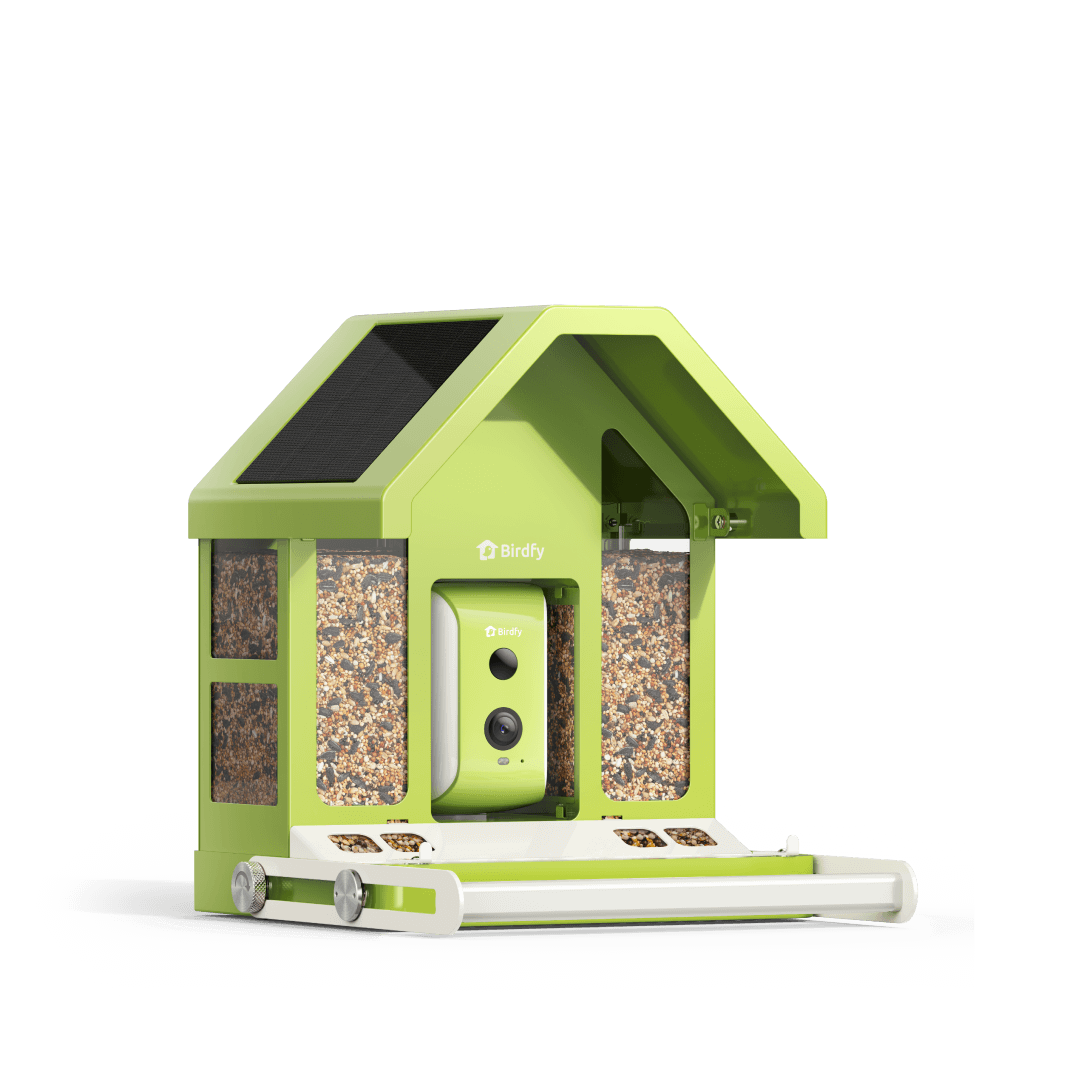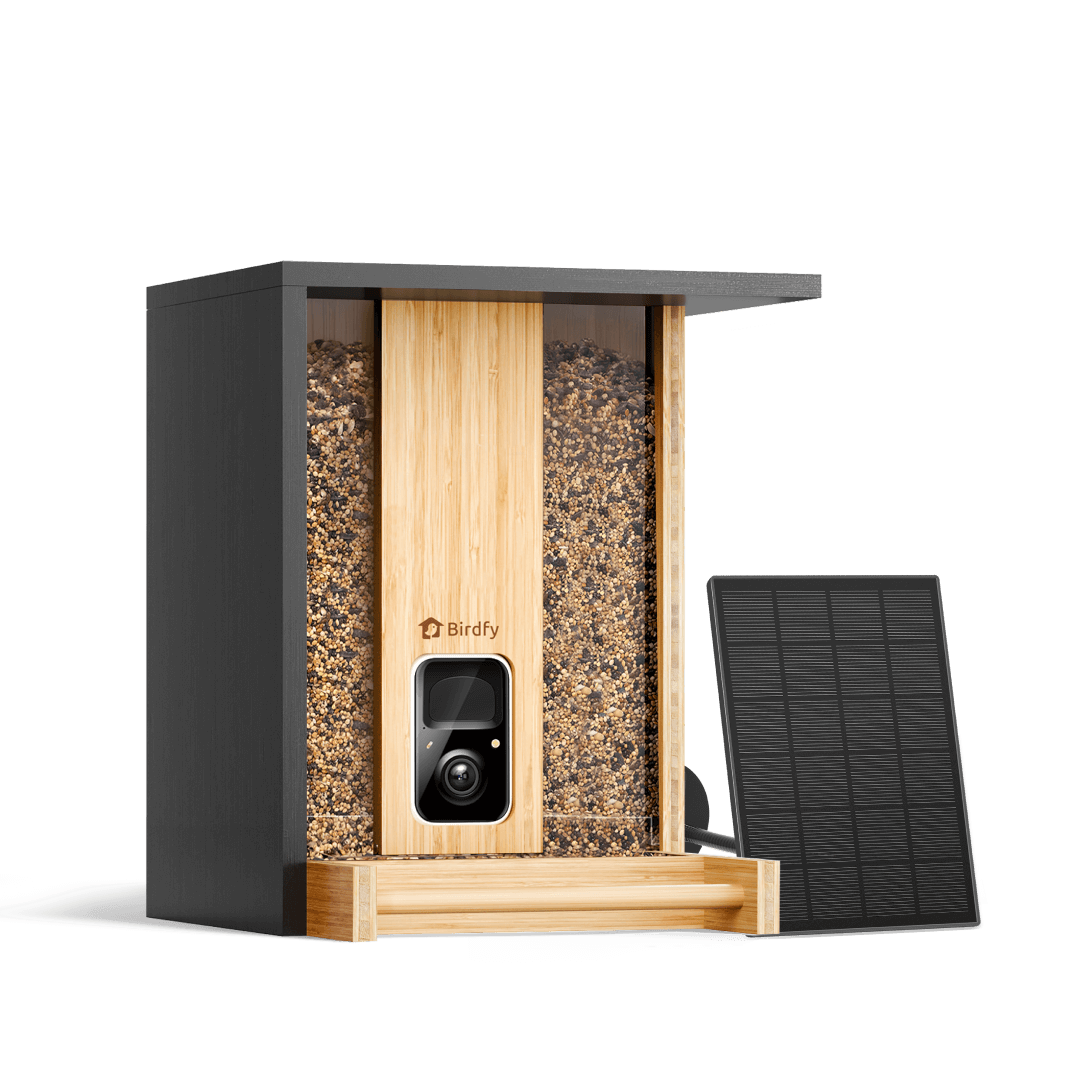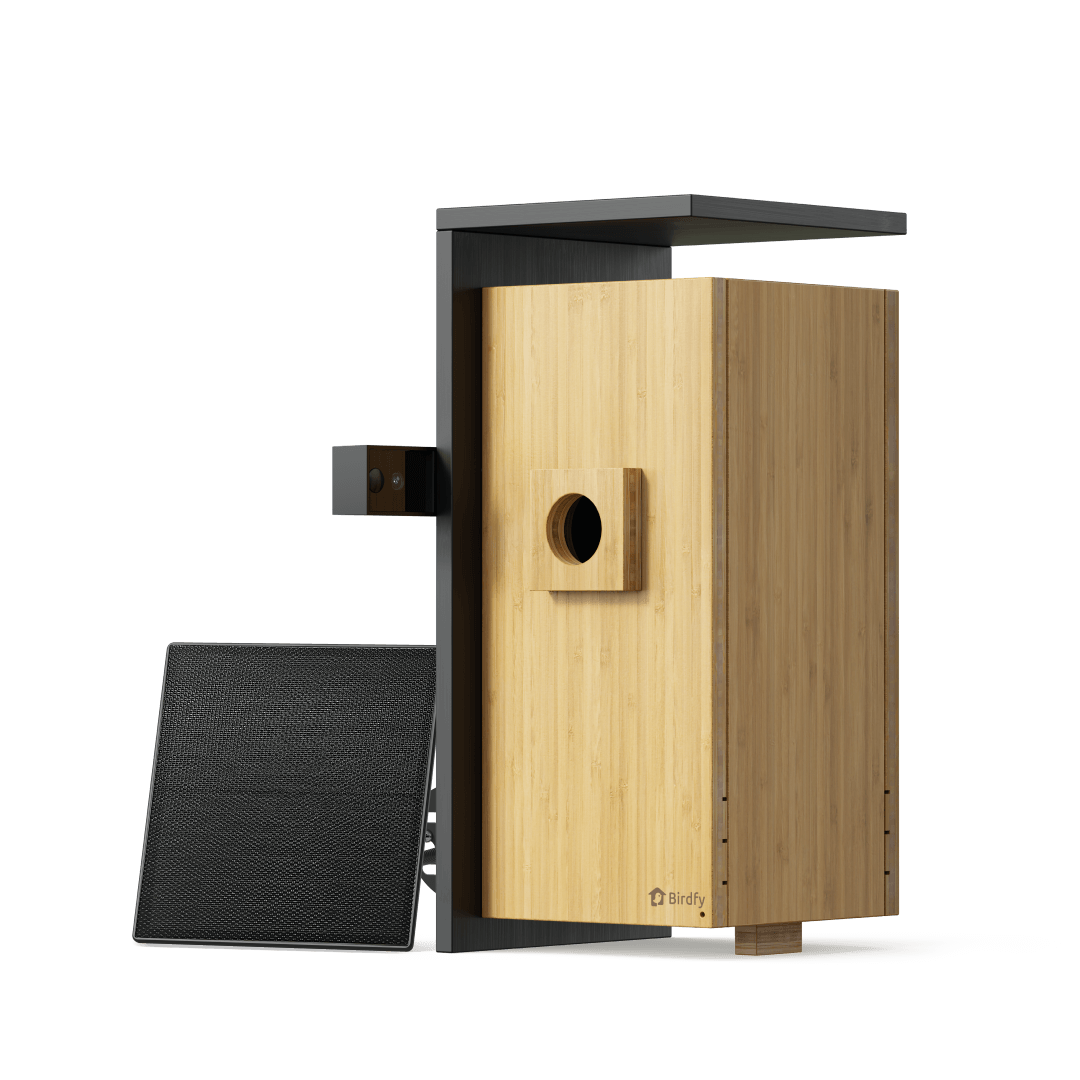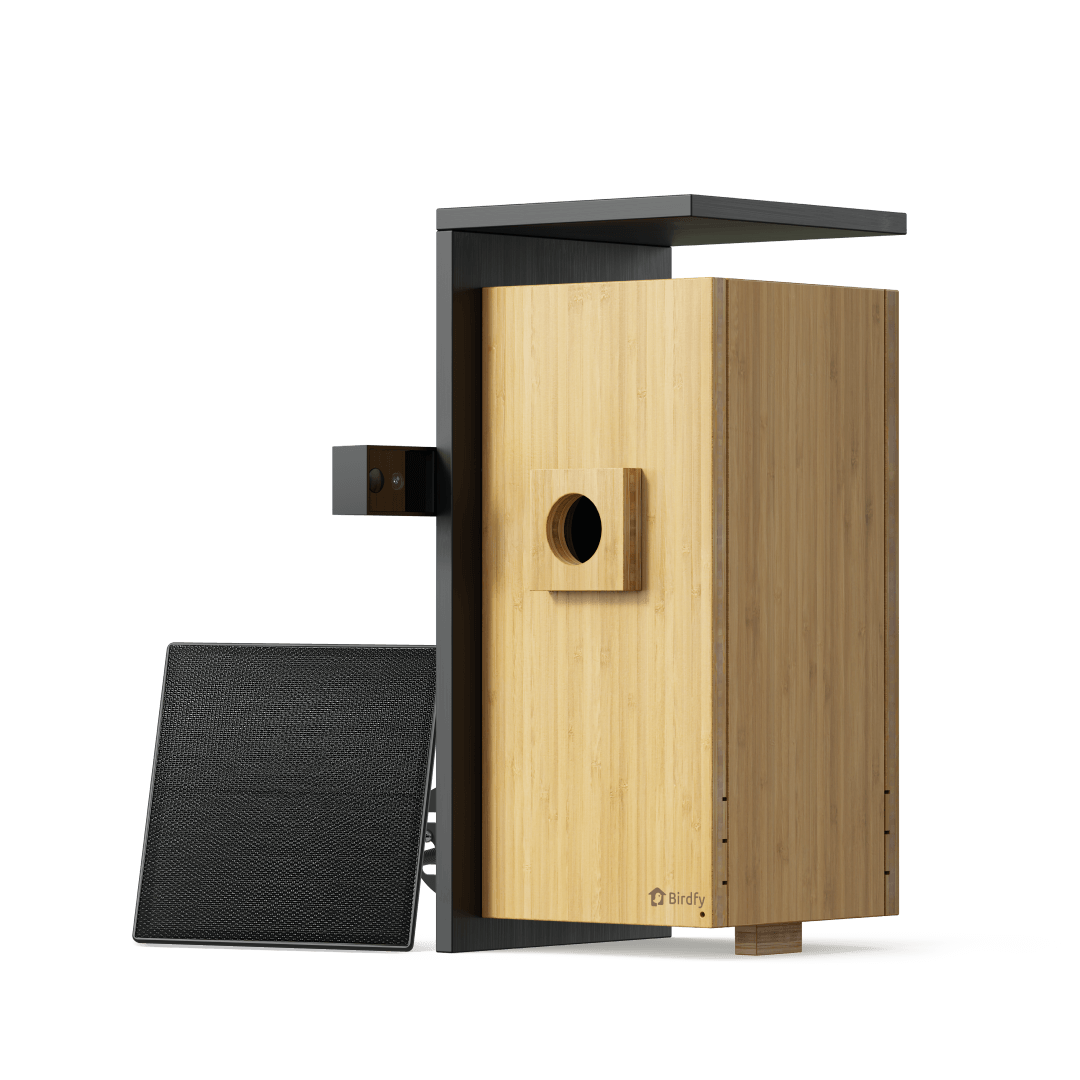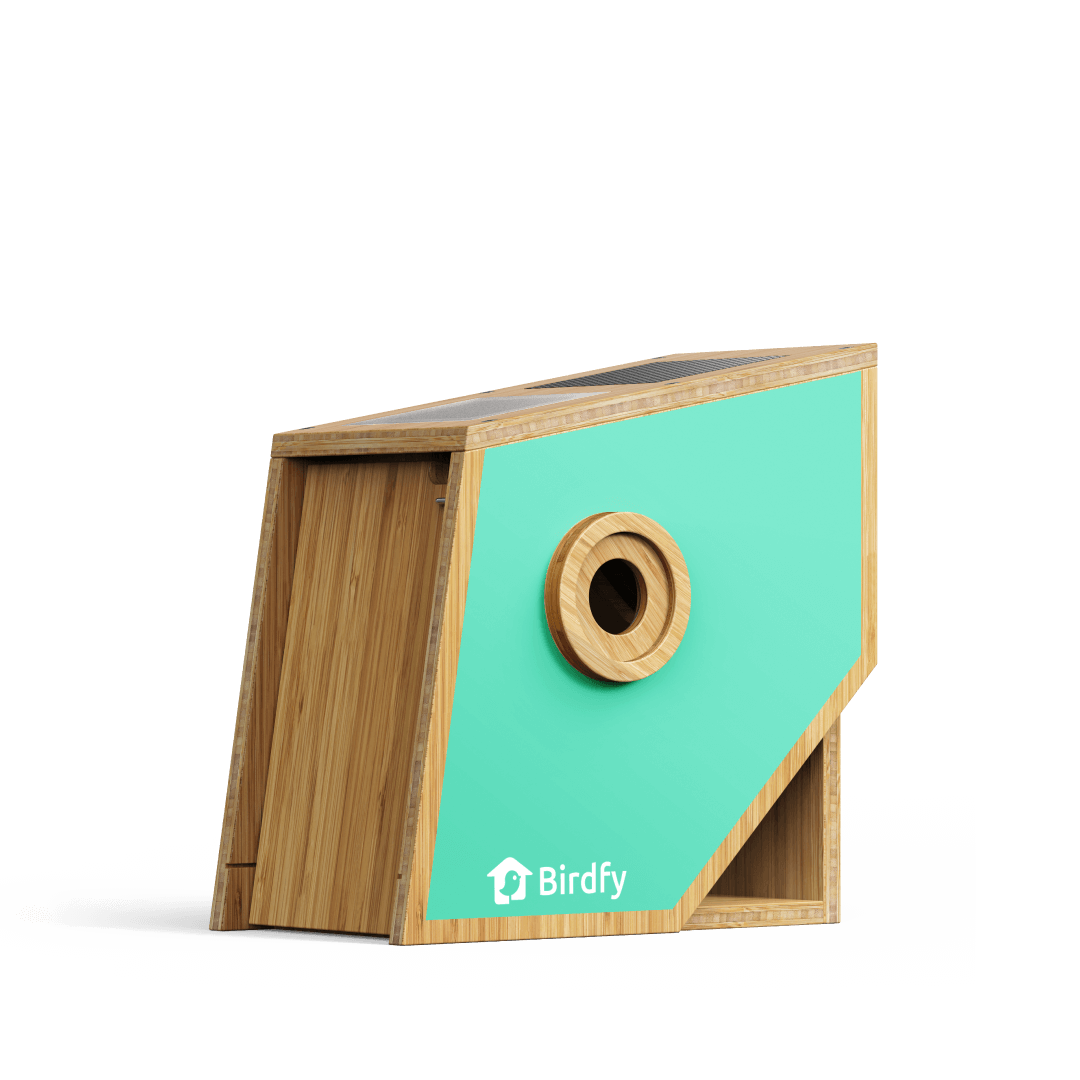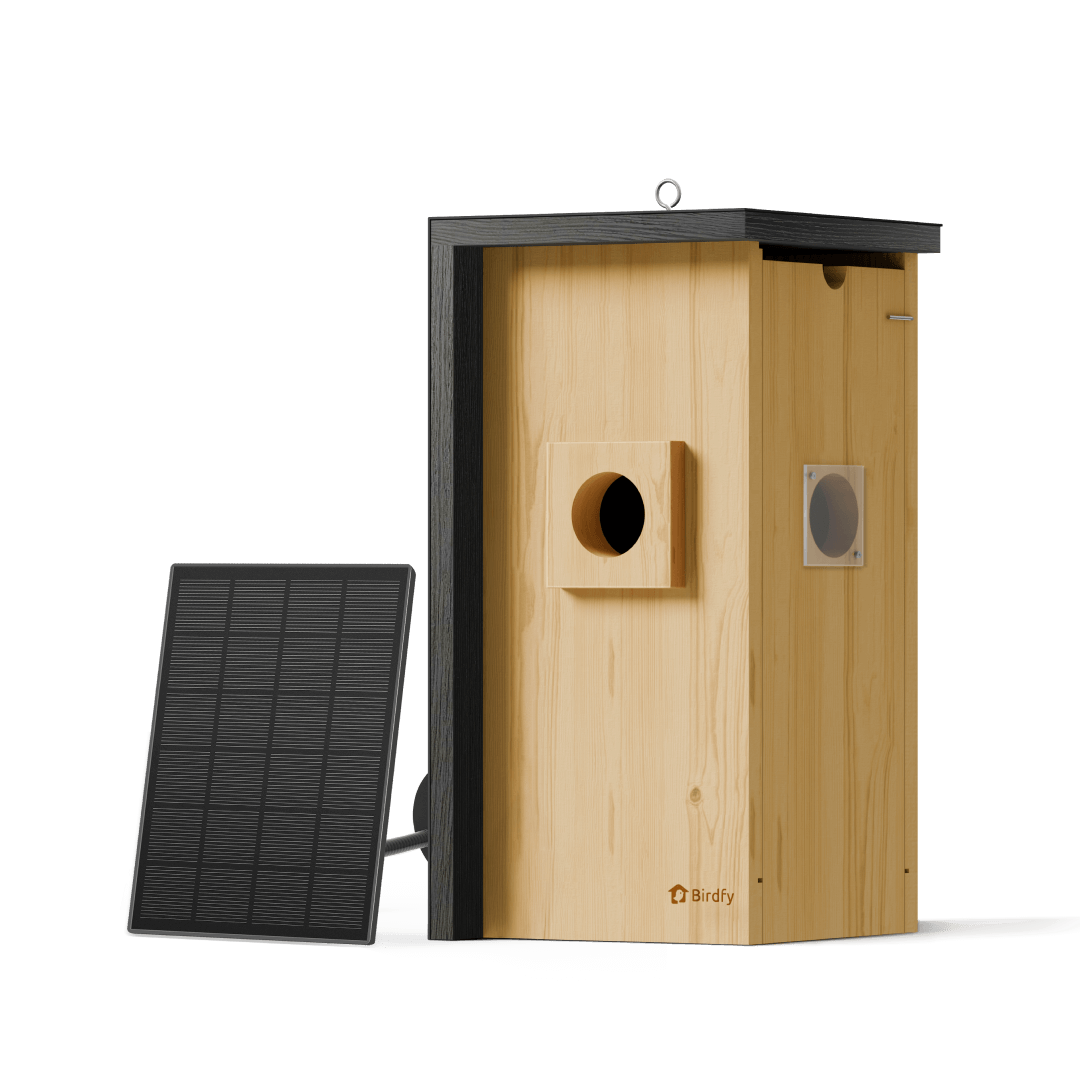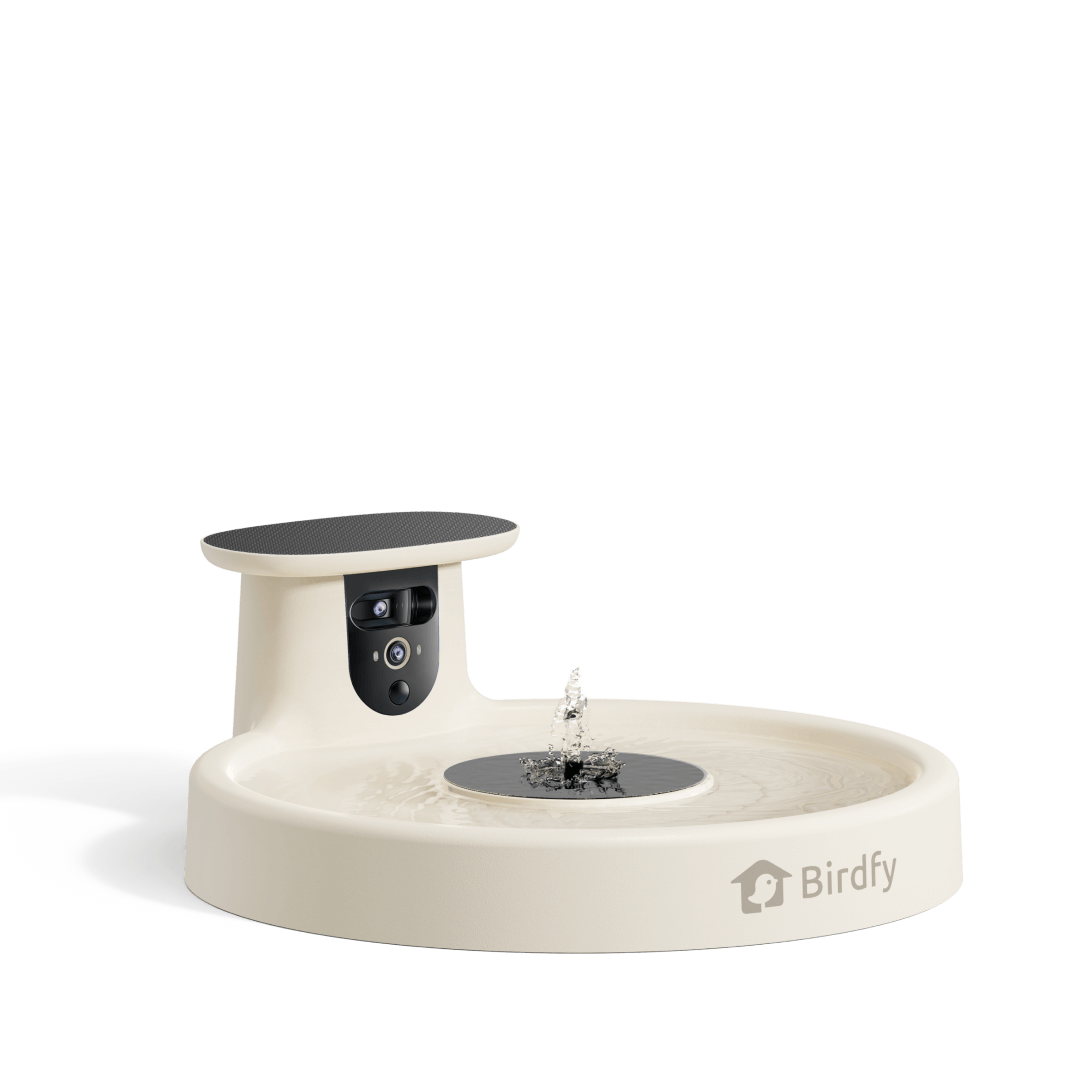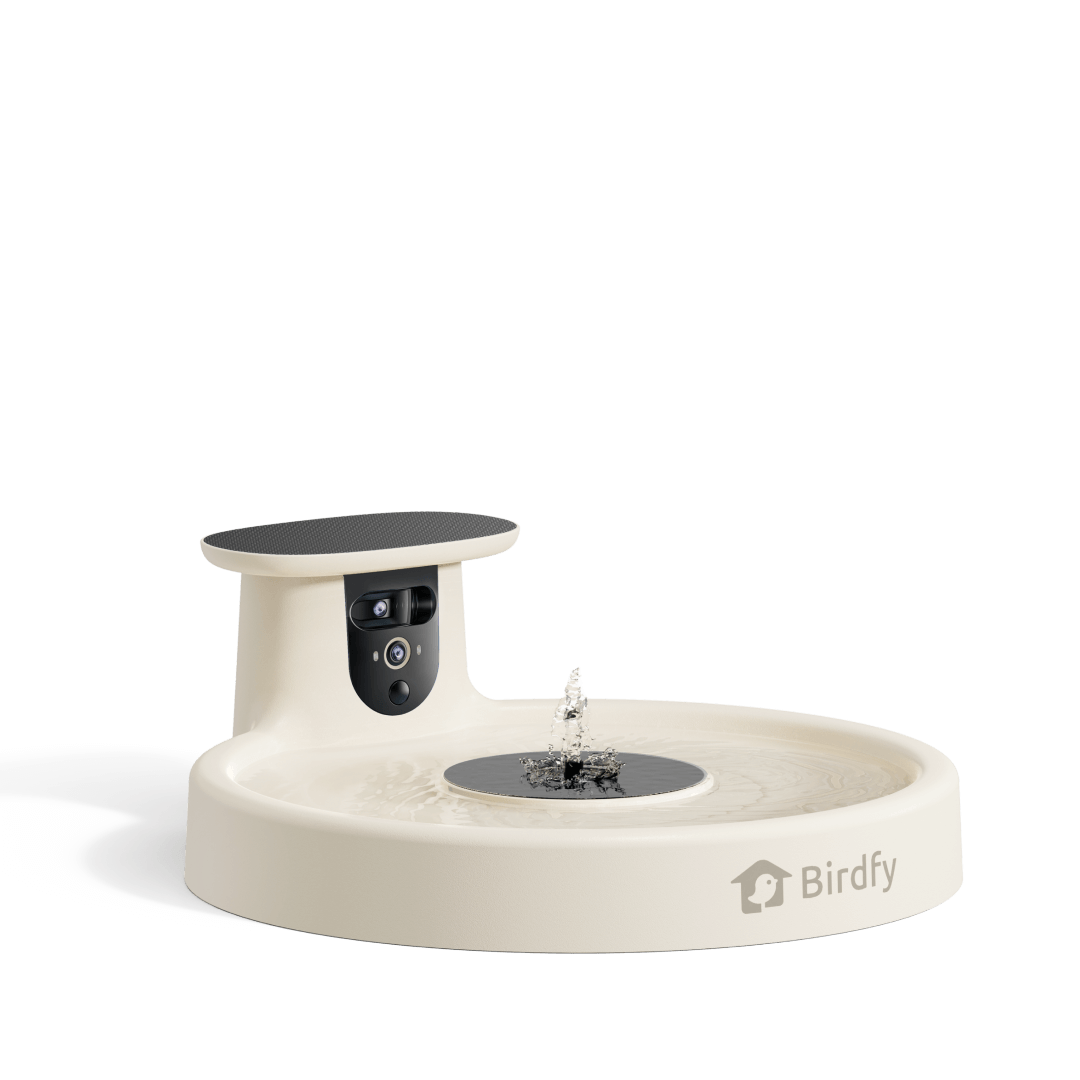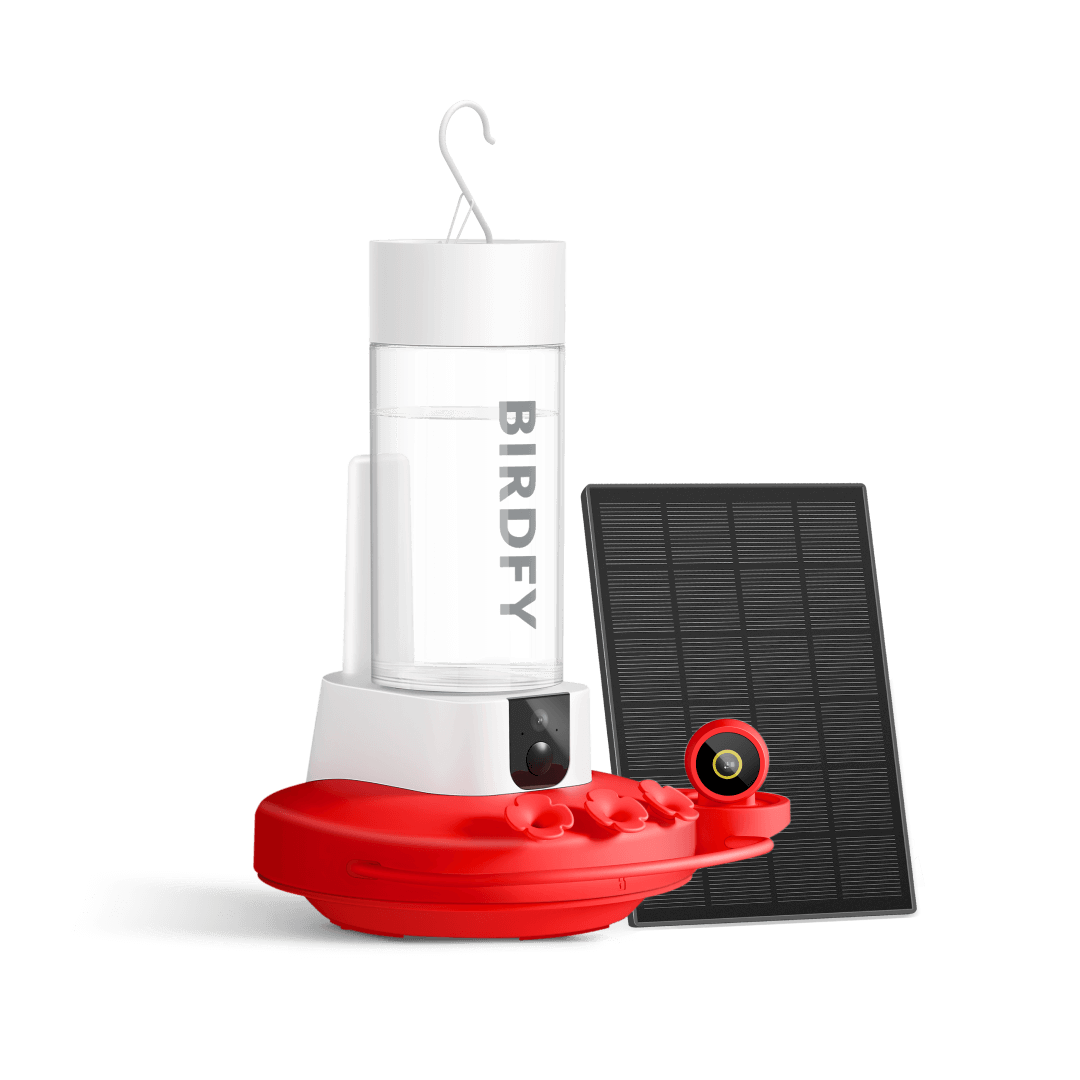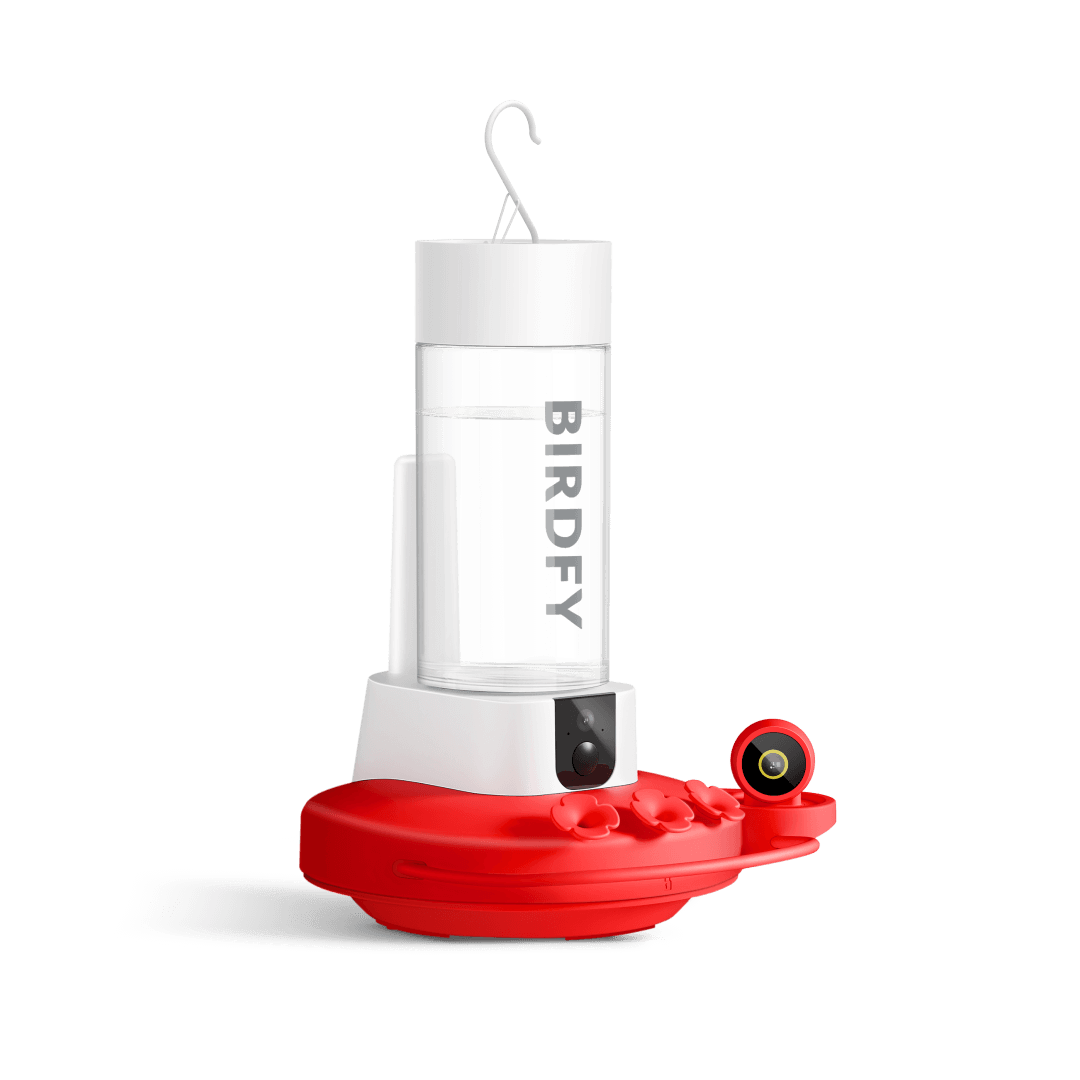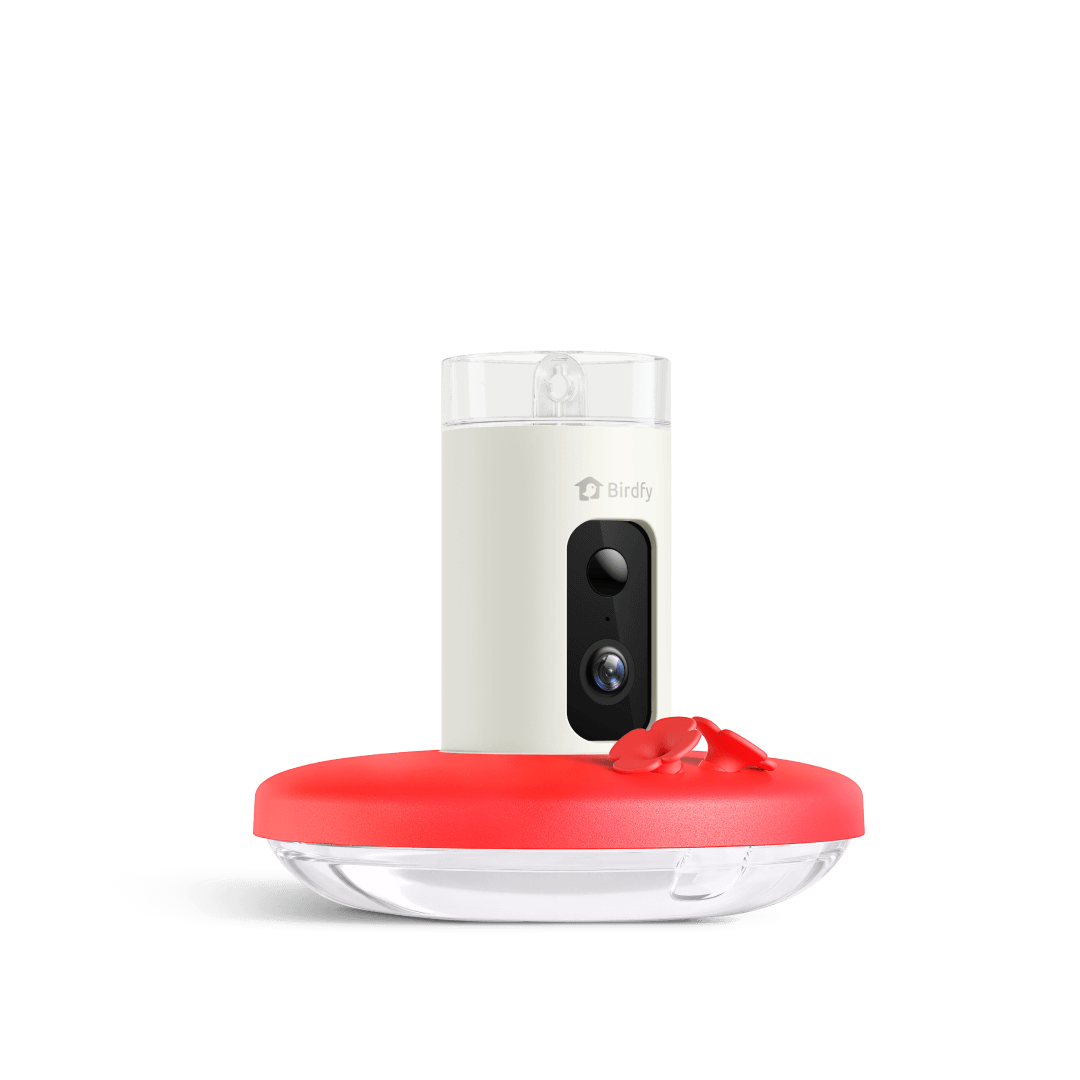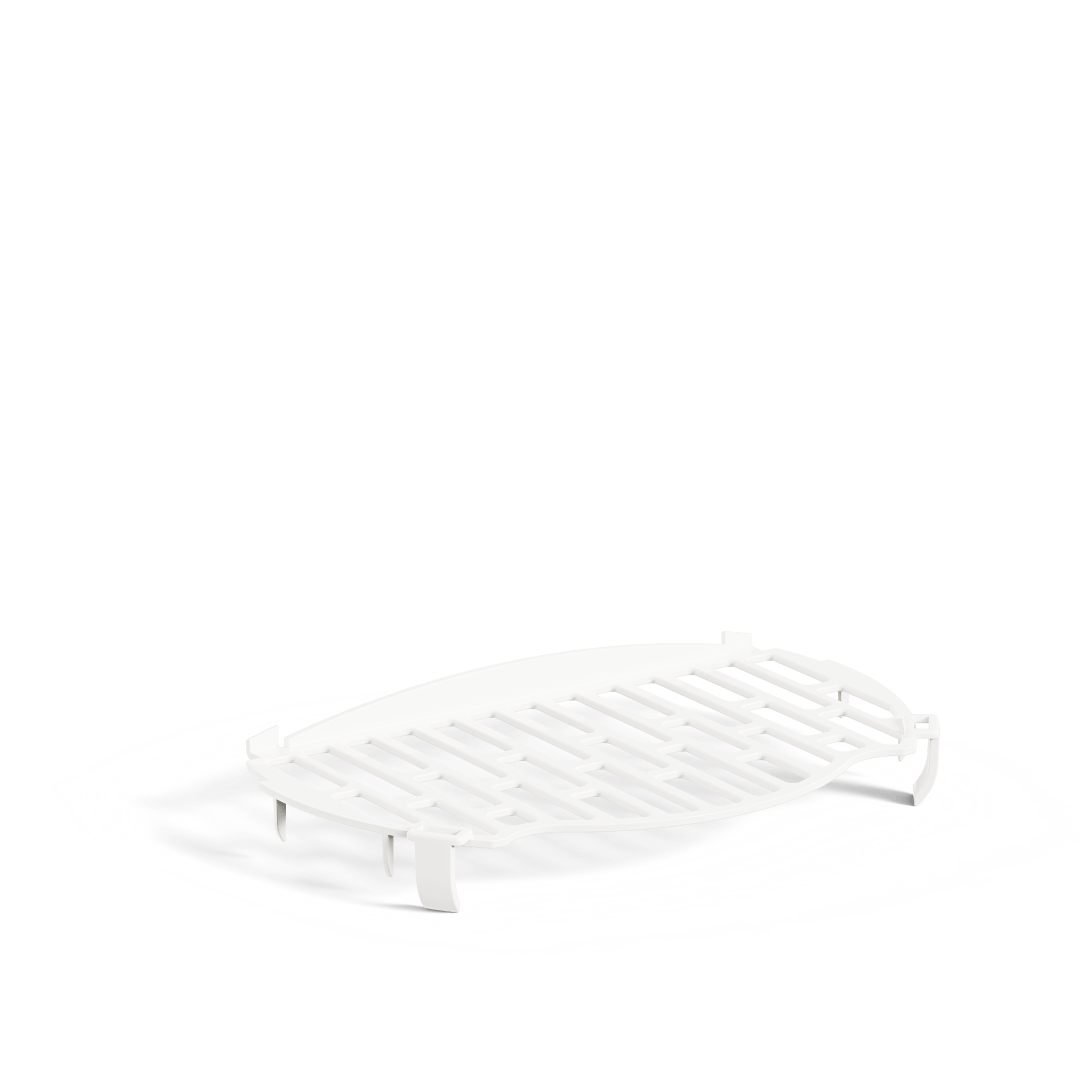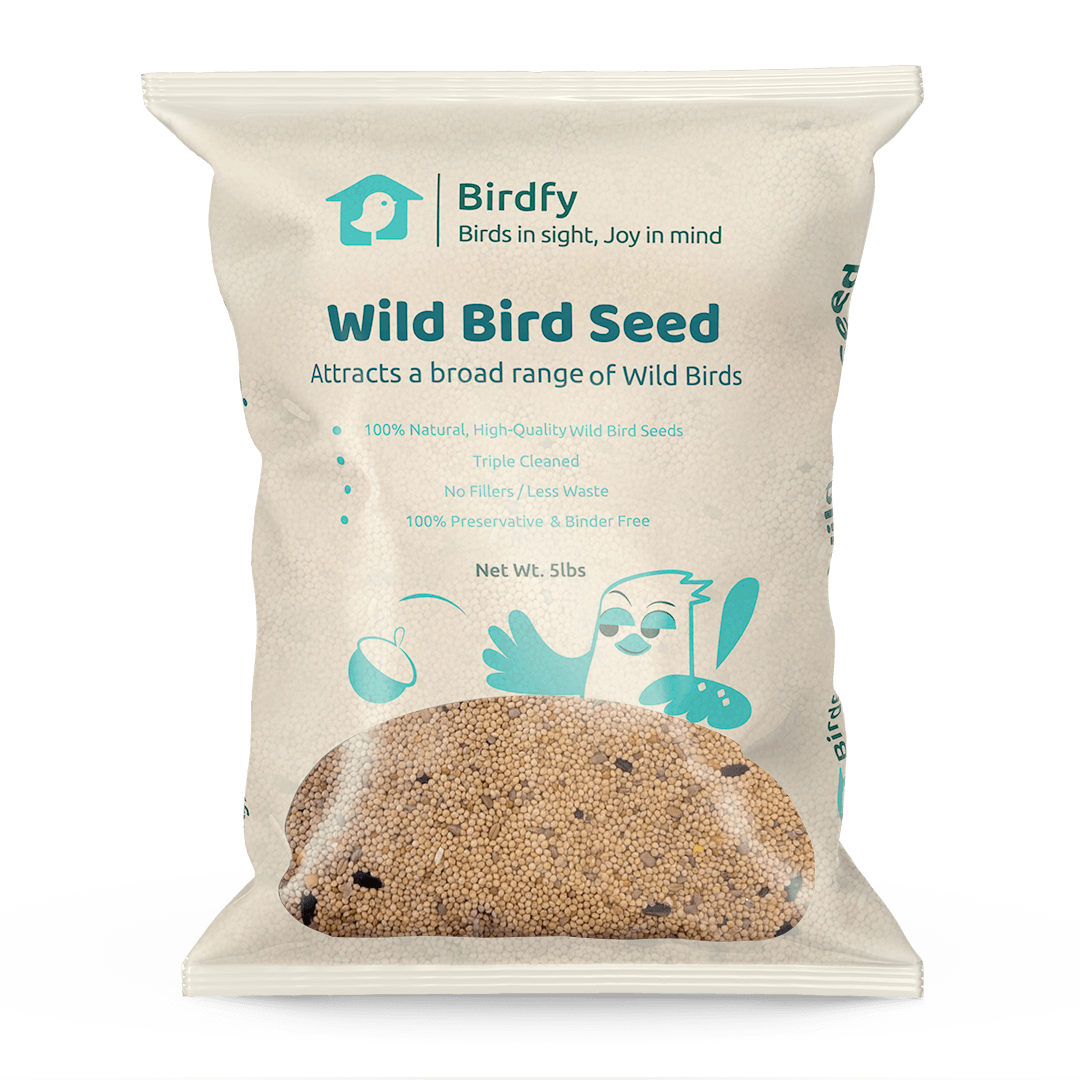What Do American Robin Birds Eat? Best Foods to Attract Them!
The American robin (Turdus migratorius) is a familiar sight in gardens, parks, and woodlands across North America. Known for their vibrant orange-red breasts and melodious songs, robins are also notable for their diverse diet.
This article will explore what robins eat, including the diet of newborn robins, their seasonal eating habits, and common questions about their feeding preferences. Additionally, we will provide tips on how to attract robins to your feeder.

What do robin birds eat
American robins are omnivorous birds, which means they consume a wide variety of foods. Their diet primarily consists of:
- 1. Fruits and Berries: Robins are fond of fruits such as strawberries, raspberries, blueberries, blackberries, and cherries. They also enjoy berries from trees and bushes, such as holly, dogwood, and juniper.
- 2. Insects and Worms: During the breeding season, robins focus on protein-rich foods. Earthworms are a staple in their diet, especially in spring when they are abundant and easily accessible. In addition to worms, robins eat various insects, including beetles, caterpillars, and grasshoppers.
- 3. Seeds: While robins do not typically rely on seeds as their primary food source, they will eat seeds, especially in the winter months when other food sources are scarce.
What do newborn robins eat
Newly hatched robins (chicks) have a very different diet than adult robins. For the first few days after hatching, the chicks are fed primarily on:
- 1. Insects: The parents will bring soft-bodied insects, such as caterpillars and small beetles, to feed their young. These provide the necessary protein for growth.
- 2. Fruit and Mash: As the chicks grow, the parents may also introduce small pieces of fruit, which they often mash up to make it easier for the chicks to digest.
The parents are diligent in their feeding, often bringing food every 15-20 minutes during the daytime until the chicks fledge (leave the nest).

Seasonal Diet Changes in American Robins
Robins adjust their diet according to the seasons, which impacts their food availability:
- 1. Spring: As robins return from migration, their diet consists largely of insects and worms, which are abundant after winter. This is the breeding season, so protein-rich foods are crucial for raising their young.
- 2. Summer: During the summer, robins continue to eat insects but also incorporate a variety of fruits into their diet as berries ripen. They are often seen foraging in gardens and orchards.
- 3. Fall: In preparation for winter, robins will eat as much fruit as possible to build up fat reserves. They can be seen in flocks, foraging on berries from trees and shrubs.
- 4. Winter: In colder months, robins' diets shift more towards fruits and seeds, as insects become scarce. They may also eat berries from plants that can withstand cold weather.

Frequently Asked Questions About Robin Diet
1. Do robins eat sunflower seeds?
Yes, robins will eat sunflower seeds, but they are not their preferred food source. Robins are more inclined to eat fruits and insects. However, providing sunflower seeds can attract them, especially in winter.
2. Do robins eat bread?
While robins may nibble on bread, it is not a suitable food for them. Bread lacks the necessary nutrients and can be harmful to their digestive systems if fed in large amounts. It is best to avoid feeding them bread.
3. Do robins eat peanuts?
Robins generally do not eat whole peanuts, but they will eat peanut pieces or peanut butter if offered. However, it is better to provide foods that are more natural to their diet.
4. Do robins eat dried mealworms?
Yes, dried mealworms can be a great source of protein for robins, especially in the winter when live insects are scarce. They are a good food option to entice robins to your feeder.
5. Do robins eat nuts?
Robins do not typically eat whole nuts. If you want to offer nuts, chop them into small pieces, but keep in mind they prefer insects and fruits.
How to Attract Robins to Your Feeder
Attracting robins to your feeder can be a rewarding experience, allowing you to enjoy their beauty and songs up close. Here are some effective strategies to attract robins:
Method 1: Choose the Right Feeder
Selecting a suitable bird feeder is the first and most important step in creating a safe and nourishing space for your backyard birds. The feeder type you choose directly impacts which bird species will visit, how protected the food stays, and how easy it is to maintain.
Suppose you’re looking for a reliable, smart, and bird-friendly option. In that case, Birdfy Smart Bird Feeders offer a new generation of bird feeding, combining high-tech features with thoughtful design to enhance both your experience and the birds' safety.
🪵 Why Birdfy Feeder Is a Great Choice for Attracting Robins
- Fresh Food Storage: Take the Birdfy Feeder 1 as an example—its 1.5L food container holds a generous amount of feed. The auto-dispensing design with a large opening allows you to add berries, dried mealworms, and more.
- Anti-Squirrel Design: The feeding tray can be fitted with a protective cover to keep squirrels, deer, and other animals from stealing the food.
- Open Platform Design: Unlike tube-style feeders, Birdfy uses wide feeding trays and open perches, perfect for robins, cardinals, blue jays, and other platform-loving birds.
- Smart Birdwatching Camera: Equipped with an HD AI camera, the Birdfy feeder captures real-time video of robin visits and identifies over 6,000 bird species, making birdwatching both fun and educational.
- All-Weather Durability: Built to withstand seasonal weather changes, Birdfy feeders provide a consistent food source throughout the year.

Photo By Birdfy User
Method 2: Offer Fruits
Place a variety of fresh fruits such as sliced apples, berries, and raisins on the feeder. Robins are particularly attracted to strawberries and blueberries.
Method 3: Provide Mealworms
Dried or live mealworms are an excellent source of protein and can greatly attract robins. You can place them in a shallow dish or on a platform feeder. Many robins are particularly drawn to this high-protein food, especially during the spring and winter months.
Method 4: Utilize Natural Landscaping
Create a welcoming environment by including native plants, which produce berries that robins love. Plants like holly, serviceberry, and elderberry are particularly attractive to these birds. Additionally, having a mix of trees and shrubs can provide shelter and nesting sites.
Method 5: Keep Water Available
Providing a clean water source is essential. Robins need water for drinking and bathing. A shallow birdbath or a small fountain can be very appealing. Ensure the water is refreshed regularly, especially in warmer months, to prevent stagnation.
Method 6: Avoid Pesticides
Pesticides can harm not only the insects that robins feed on but also the birds themselves. By maintaining a pesticide-free garden, you create a safer environment for robins and other wildlife.
Method 7: Limit Disturbances
Place feeders in quieter areas, away from high traffic zones. Robins are more likely to visit feeders that are in a peaceful environment where they can forage without feeling threatened.
Method 8: Feed Seasonally
Adjust your offerings based on the season. In early spring, focus on protein-rich foods like mealworms. As summer progresses, provide more fruits. In fall and winter, ensure that there are plenty of berries available or offer commercial bird food mixes that include dried fruits and seeds.
Method 9: Use Ground Feeders
Since robins often forage on the ground, consider scattering food on the ground beneath your feeders or using specialized ground feeders. This mimics their natural foraging behavior.
Method 10: Be Patient
Attracting robins may take time, especially if they are not familiar with your feeding setup. Continue to provide food consistently, and eventually, they may begin to visit regularly.
Conclusion
American robins are fascinating and adaptable birds with a diverse diet that changes with the seasons. Understanding their eating habits, including what newborn robins consume, is crucial for anyone looking to attract these beautiful birds to their gardens or feeders. By offering suitable foods like fruits and mealworms, creating a welcoming environment, and ensuring a steady water supply, you can enjoy the company of robins while contributing to their well-being. Whether you are a seasoned birdwatcher or a novice, creating a robin-friendly habitat can enhance your outdoor experience and allow you to witness the wonders of nature up close.
Remember, it’s essential to observe robins and other birds respectfully and responsibly. Enjoy the beauty of these birds as they bring life and color to your garden!


